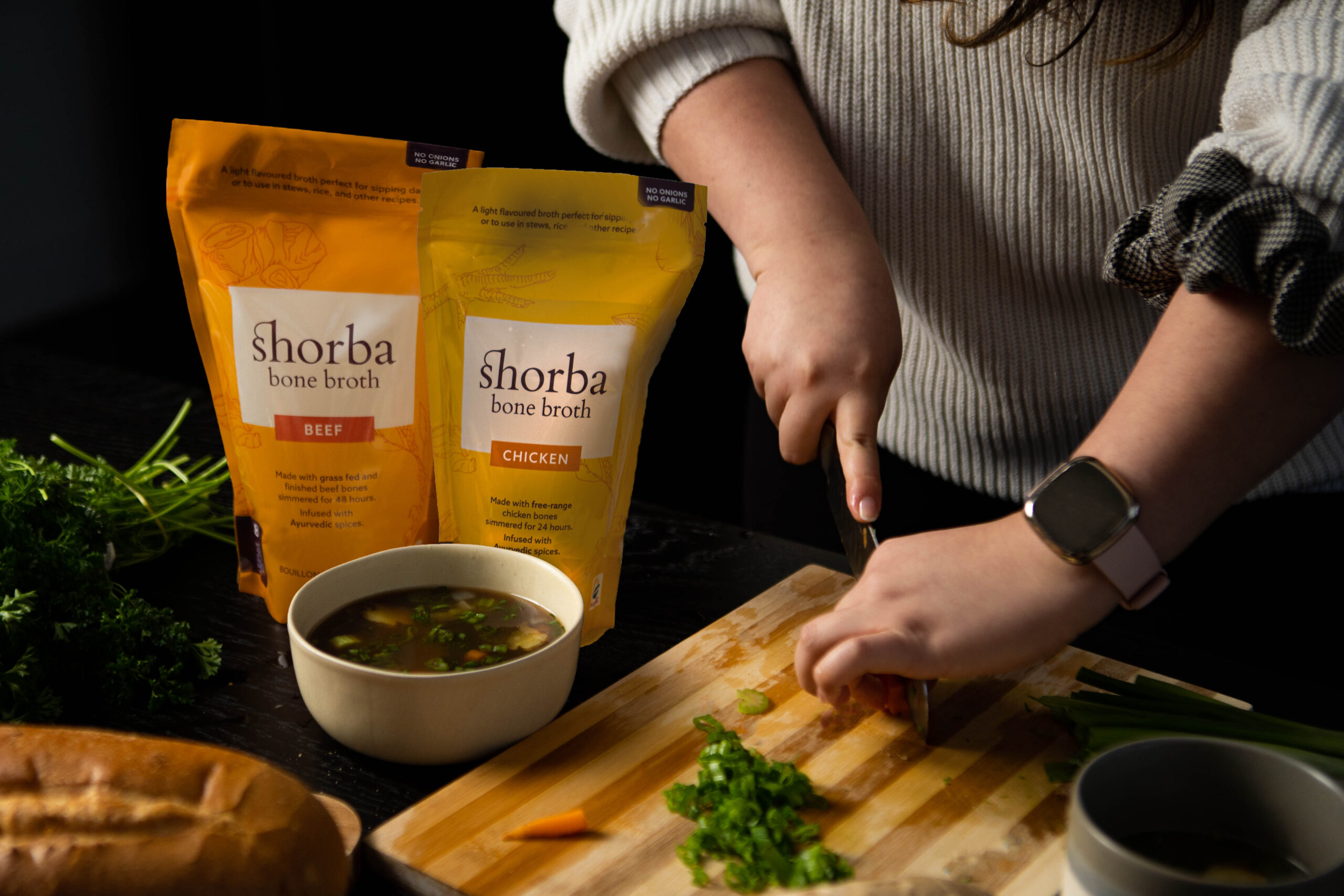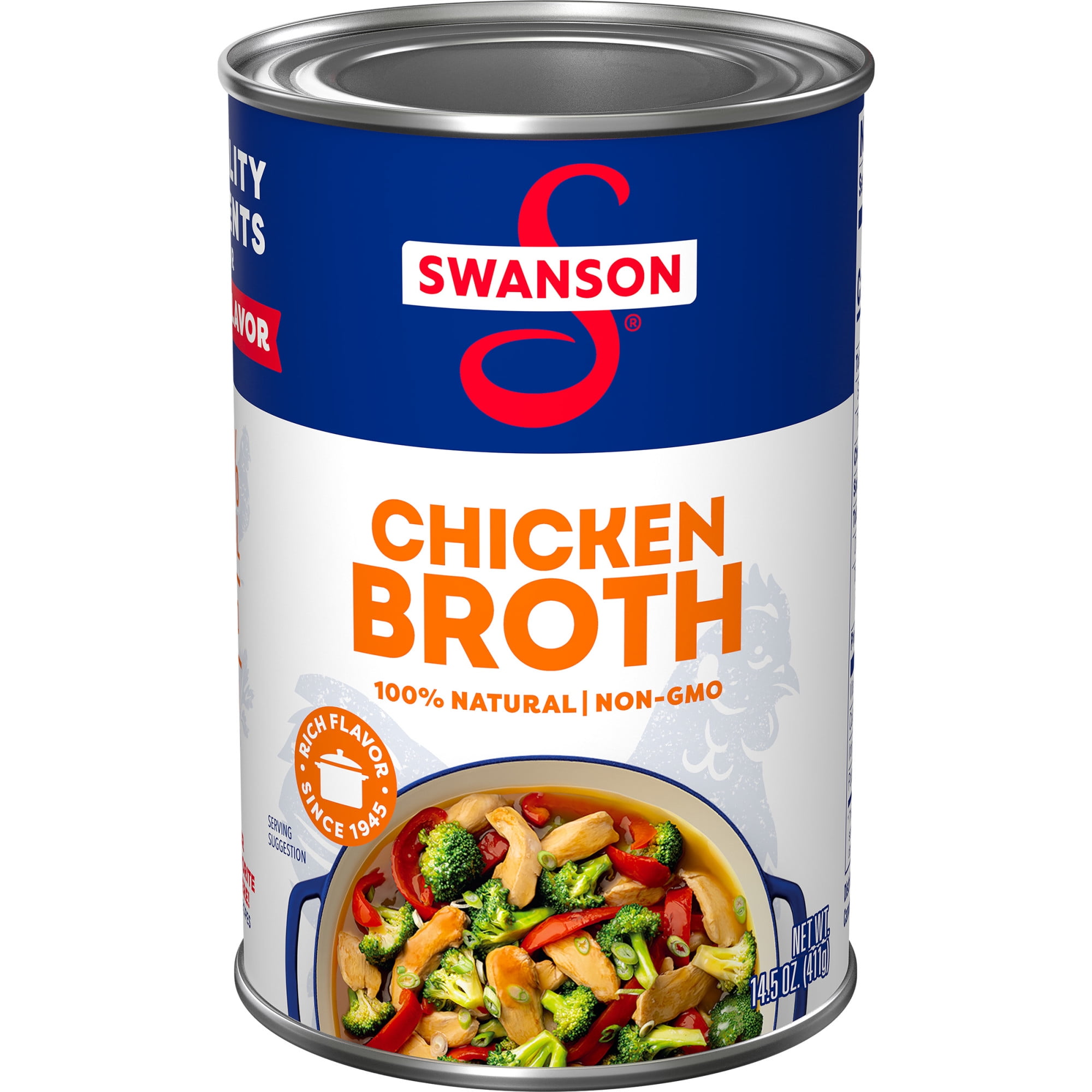Is Homemade Beef Broth Really That Much Healthier?
Is Homemade Beef Broth Really That Much Healthier?
Blog Article
The Ultimate Overview to Making and Delighting In Organic Bone Broths in the house
Bone brew has acquired interest for its various wellness benefits and cooking flexibility. Crafting natural bone broth in the house allows individuals to control the top quality of ingredients, ensuring a healthy result. Understanding the choice of bones, necessary flavor elements, and proper cooking techniques is essential. As the process unfolds, one may question exactly how to raise their brew past the fundamentals and integrate it right into everyday dishes for improved flavor and nourishment.
Comprehending the Health Perks of Bone Brew
Although bone broth has actually been a staple in numerous foods for centuries, its health benefits have actually obtained significant interest recently. Rich in collagen, amino acids, and minerals, bone broth is typically promoted for its possible to support joint health and wellness, improve digestive tract function, and improve skin flexibility. The gelatin stemmed from prepared bones may assist food digestion and assistance secure the digestive tract lining, possibly alleviating issues like leaking gut syndrome.Furthermore, the presence of nutrients such as glucosamine and chondroitin may add to reduced swelling and discomfort alleviation in joints. Furthermore, bone broth is moistening and can work as a nourishing base for stews and soups. Several advocates also assert that it enhances the immune system, thanks to its mineral account. Generally, the renewal of passion in bone brew is linked to its viewed capacity to promote overall health and support different physical functions.
Picking the Right Bones for Optimum Flavor and Nourishment
What factors should one think about when selecting bones for broth prep work? The sort of bones used considerably influences both flavor and dietary worth. Initially, it is crucial to select bones that include a mix of marrow bones, joint bones, and meaty bones. Marrow bones offer abundant flavors and healthy fats, while joint bones add collagen, improving the broth's dietary profile.Additionally, sourcing bones from pasture-raised or grass-fed pets assurances better and more nutrients, as these animals are commonly healthier. The quality of the bones is also crucial; selecting bones from local butchers or farmers' markets can ensure suitable flavor. Bone size matters too; larger bones release more jelly, leading to a richer brew. Thinking about the type of pet-- beef, hen, or fish-- can affect the final preference, permitting for versatile broth alternatives tailored to private choices.
Crucial Ingredients for a Delicious Bone Brew

Quality Bone Choice
The structure of a savory bone brew depends on the careful selection of top quality bones. Sourcing organic, grass-fed or pasture-raised bones is important, as these alternatives are more likely to be devoid of unsafe additives and give exceptional nutrients. Ranges such as lamb, beef, or poultry bones each impart unique flavors and health and wellness benefits. Bone types, consisting of marrow bones, knuckle bones, and oxtails, add jelly and collagen, improving the brew's appearance. Choosing bones with a mix of meat and connective cells can likewise include richness and depth. Additionally, choosing bones with noticeable marrow assures a nutrient-dense brew, elevating the total high quality. Inevitably, spending time in high quality bone choice prepares for a scrumptious and beneficial broth.
Aromatic Flavor Boosters
Choosing top quality bones establishes the phase for a rich and nutritious bone brew, yet it is the enhancement of aromatic taste boosters that genuinely raises the dish. Active ingredients such as onions, garlic, and carrots not only impart sweet taste yet also add depth to the broth. Fresh herbs like thyme, bay, and parsley leaves add a great smelling note, while seasonings such as black peppercorns and cloves introduce warmth and complexity. In addition, incorporating a dash of apple cider vinegar can help extract minerals from the bones, enriching the brew. These taste boosters create a harmonious mix, transforming a straightforward brew right into a mouthwatering structure for sauces, soups, or stews, making it a functional component in any kind of culinary arsenal.
Step-by-Step Guide to Making Bone Broth at Home
Producing bone brew at home can be a satisfying cooking undertaking that boosts both flavor and nutrition in numerous meals. To start, one have to pick top notch bones, preferably from organic or grass-fed resources. Roasting the bones at 400 ° F for concerning half an hour can magnify the taste. Next off, move the roasted bones to a huge pot or slow stove and cover them with cool water. Adding a dash of vinegar aids remove minerals from the bones.Include aromatic veggies like onions, carrots, and celery for added depth, in addition to natural herbs and flavors as preferred. Bring the combination to a boil, after that decrease to a simmer. It is important to allow the broth simmer for a minimum of 12 hours, though much longer is better for maximum richness. Lastly, strain the broth through a fine-mesh filter and store it in closed containers, ready to elevate meals with its healthy significance.

Tips for Refining Your Bone Broth Simmer
While simmering bone brew, keeping the ideal temperature level and timing is crucial for accomplishing a flavorful and rich result. A gentle simmer, preferably between 190 ° F and 210 ° F, assists remove optimum nutrients and flavors without boiling, which can make the brew cloudy. It is suggested to check the pot closely, readjusting the warmth as required to maintain this simmer.Timing is additionally vital; a longer simmer, typically varying from 12 to 48 hours, permits deeper flavor extraction and collagen launch. For chicken bones, a 12 to 24-hour simmer suffices, while beef bones gain from longer food preparation times.Additionally, skimming off any foam or contaminations that rise to the surface throughout the initial couple of hours can boost the brew's quality and taste. Making certain the pot is covered throughout simmering helps to retain moisture and heighten the flavors, making for a much more satisfying end product.
Creative Ways to Utilize Bone Brew in Your Food preparation
Incorporating bone brew into various meals elevates both taste and nutritional worth. Chefs and home cooks alike locate that making use of bone brew as a base for stews and soups improves depth and richness, changing simple recipes into passionate dishes. It can additionally be utilized in risottos, where the brew replaces water, allowing the grains to absorb its tasty essence.Additionally, bone broth offers as an excellent food preparation liquid for grains like quinoa or rice, instilling them with nutrients and flavor. For an added spin, it can be made use of in braising meats, causing tender, tasty outcomes. Also sauces gain from a splash of bone broth, enriching their preference profile.Moreover, bone broth can be incorporated right into shakes for an unanticipated wellness boost, offering protein and nutrients without endangering taste. These innovative applications showcase the flexibility of bone broth in daily blog here cooking, making it an invaluable cooking area staple.
Saving and Maintaining Your Homemade Bone Broth
Appropriate storage and conservation of homemade bone broth is essential for keeping its taste and dietary advantages. Freezing strategies and refrigeration best practices play an important duty in prolonging the brew's rack life. Comprehending these methods can aid assure that the brew continues to be safe and tasty for future usage.

Freezing Methods Discussed
Cold techniques are vital for effectively keeping and protecting home made bone broth, ensuring its rich tastes and nutrients continue to be intact for future use. To freeze bone brew, it is my website suggested to allow it trendy totally before transferring it to storage space containers. Glass jars, silicone mold and mildews, or durable freezer bags are suitable choices. When using jars, leave space at the top for expansion throughout freezing. Portioning the brew into smaller sized amounts permits easy thawing and minimizes waste. Label containers with the date and contents for very easy identification. For peak top quality, eat the frozen brew within three to six months - Beef Broth. Defrosting can be carried out in the refrigerator or by utilizing a microwave, guaranteeing that the brew is heated completely before intake
Refrigeration Best Practices
While lots of focus on cold as an approach of conservation, refrigeration likewise plays a necessary function in saving homemade bone brew efficiently. As soon as cooled down, bone broth need to be moved to closed containers, ensuring minimal air exposure to protect against wasting. It is recommended to cool broth within two hours of cooking to keep its top quality. Generally, homemade bone broth can be stored in the refrigerator for up to 5 days. Identifying containers with dates can help track quality. For peak taste and safety and security, brew must be reheated to a rolling boil prior to usage. If longer storage space is required, freezing continues to be a superb option, but her explanation proper refrigeration practices guarantee that bone brew remains tasty and nutritious for temporary usage.
Regularly Asked Questions
Can I Make Use Of Frozen Bones for Making Bone Brew?
The question of utilizing frozen bones for bone brew emerges frequently (Organic Bone Broths). Professionals agree that icy bones can be utilized efficiently, but they need to be thawed prior to food preparation to guarantee ideal flavor and nutrient extraction
How Much Time Can I Shop Homemade Bone Broth?

Is It Safe to Reheat Bone Brew Numerous Times?
Reheating bone brew multiple times can pose security concerns - Bone Broth Delivery. Each reheating cycle raises the risk of microbial development. It is suggested to reheat just as soon as and keep any kind of leftovers immediately to ensure safety and high quality
Can I Include Vegetables to the Broth for Taste?
Including veggies to brew enhances taste and dietary value. Common selections include carrots, onions, and celery. The vegetables infuse their significance right into the brew, producing a richer and more tasty end product.
What's the Ideal Way to Thaw Frozen Bone Brew?
To defrost icy bone brew, one can place it in the refrigerator overnight, make use of a microwave on low warm, or immerse the secured container in cozy water, making sure even thawing without endangering taste or nutrients. It is important to select bones that consist of a mix of marrow bones, joint bones, and meaty bones. Marrow bones provide abundant flavors and healthy fats, while joint bones add collagen, enhancing the brew's nutritional profile.Additionally, sourcing bones from grass-fed or pasture-raised pets guarantees higher quality and even more nutrients, as these animals are commonly healthier. Bone types, including marrow bones, knuckle bones, and oxtails, add jelly and collagen, improving the broth's structure. Choosing top notch bones establishes the phase for a healthy and rich bone brew, however it is the enhancement of aromatic taste enhancers that really elevates the dish. Also sauces profit from a dash of bone brew, enhancing their preference profile.Moreover, bone broth can be incorporated right into smoothies for an unanticipated health increase, giving healthy protein and nutrients without jeopardizing taste.
Report this page